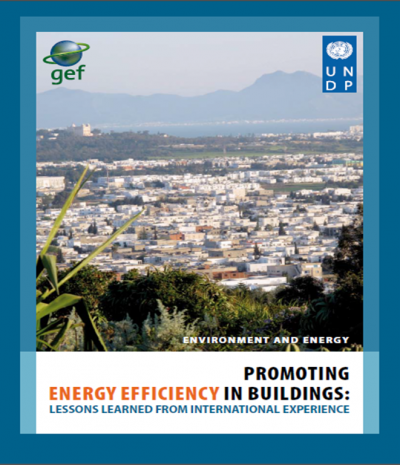Promoting Energy efficiency in buildings: Lessons Learned from International Experience

About the report
The purpose of this report is to help policymakers and their advisors wishing to initiate or develop policies promoting energy efficiency in buildings to assess the most efficient mix of policy measures for a given environment as well as to design new initiatives.
The report focuses on the building itself, its envelope, and major equipment for space conditioning (i.e., heating and cooling) and ventilation. Lighting is not discussed in isolation but considered
as one element of an integrated approach to energy efficiency in buildings, taking into account natural inputs (light and heat) as well as internal heat gains (from lights and equipment).
Highlighted Lessons
- The most widely used and effective policy orientations, when they are pursued in a thorough and adequate way, include implementing mandatory prescriptions such as Energy Building Codes, enrolling proactive structures to ‘market’ energy efficiency directly to consumers, and working with municipalities. The best results are reached when these instruments are combined with other information or financial activities in policy packages.
- When enforcement can be secured, mandatory and regulatory measures are generally the most cost-effective ways of increasing the energy efficiency of the building sector on a long-term basis.
- When Energy Building Codes cannot be implemented, standards that establish minimum, mandatory energy-efficiency requirements for building components and equipment have been used as a first step towards transforming the efficiency of new or existing buildings.
- Voluntary performance standards (for entire buildings or individual components) are another option that provides an alternative to Energy Building Codes in encouraging enhanced energy efficiency in buildings.
More Information
Resource type: